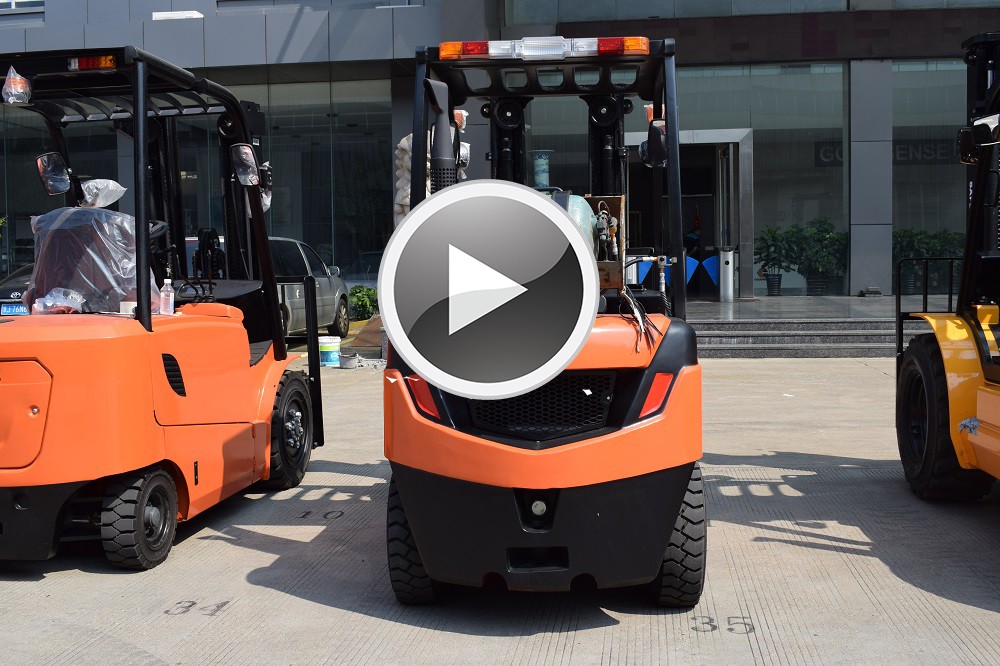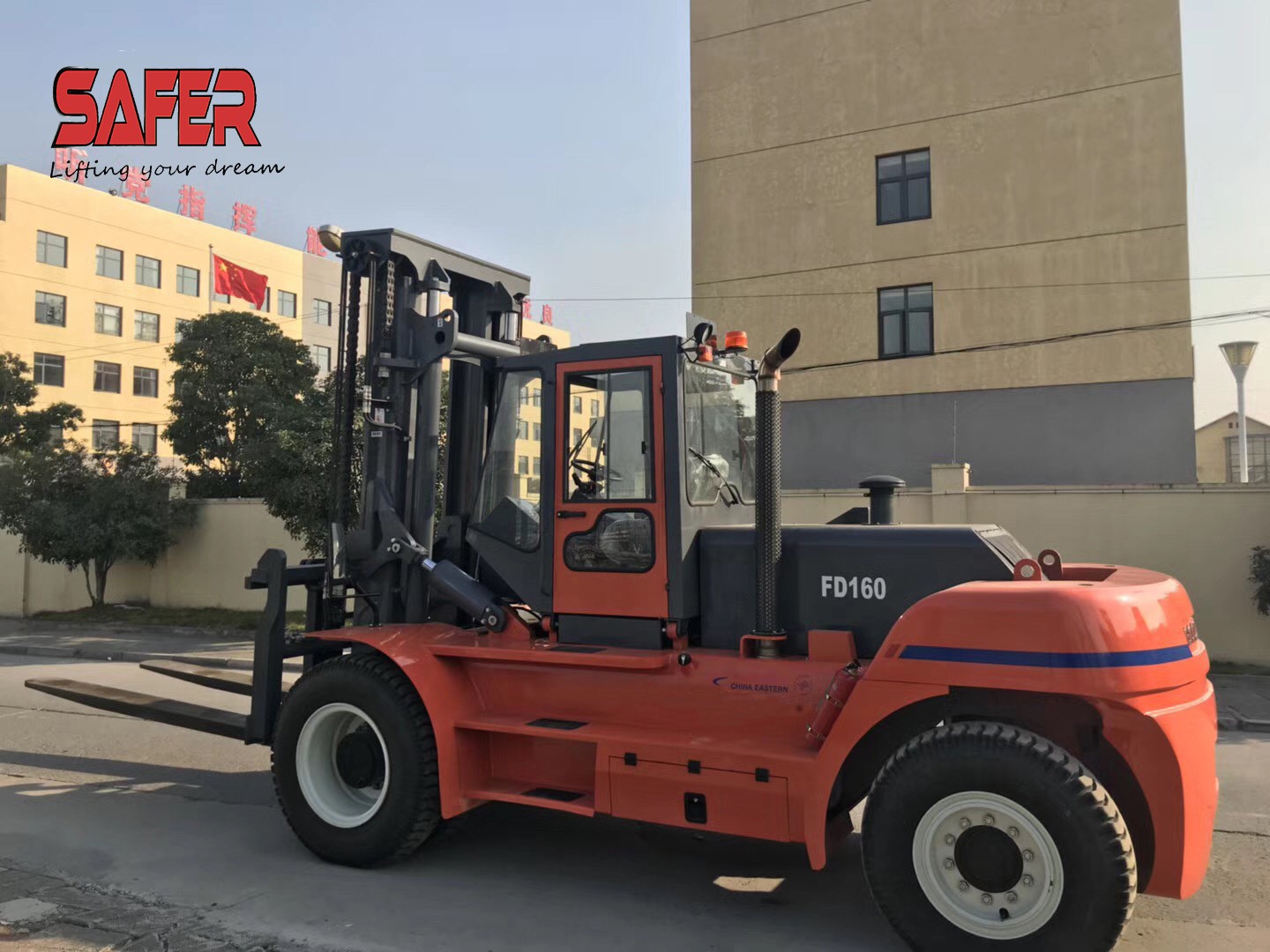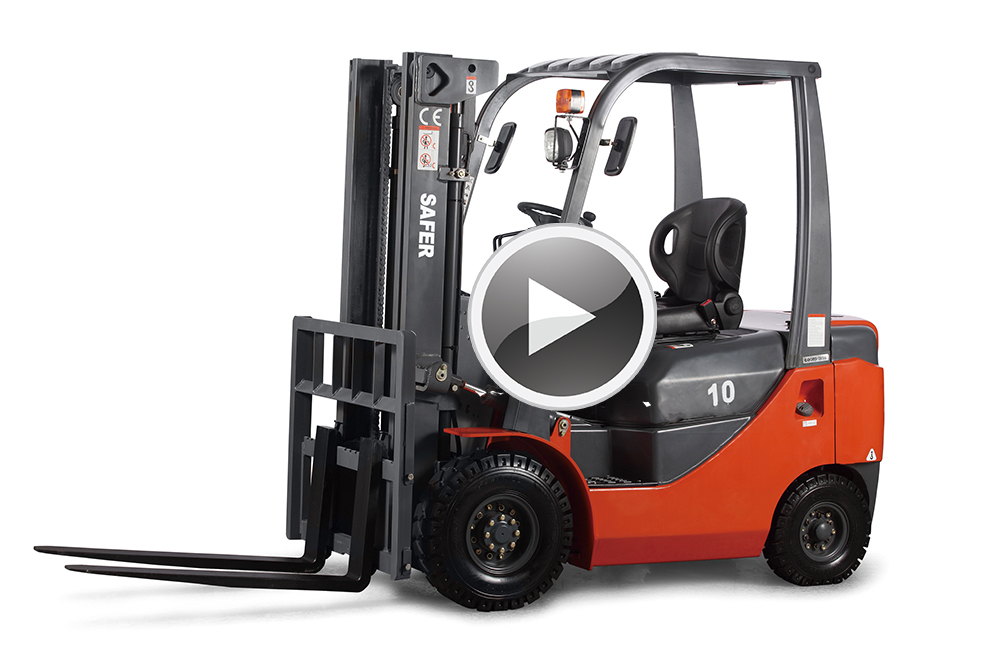1. Visual inspection
For some simple faults, parts can be inspected by means of eye, hand, ear, and sniff.
For example, visual inspection can find faults such as rupture, oil leakage, looseness and deformation, so that parts can be repaired or replaced in time; the pipe (especially the hose) is held by hand, and there is vibration when there is pressure oil flowing through it. It feels like this, and there is no such phenomenon when there is no oil flowing or the pressure is too low. In addition, the hand touch can also be used to judge whether the lubrication of the hydraulic component with the mechanical transmission component is good, and the temperature of the component housing is changed by hand. If the component housing is overheated, the lubrication is poor; the ear can judge the mechanical component. Damage points and damage caused by damage, such as hydraulic pump suction, overflow valve opening, component issuance and other faults will emit abnormal sounds such as water shock or "water hammer"; some parts will be overheated, poorly lubricated and cavitation The smell is emitted by other reasons, and the fault point can be judged by sniffing.
2. Swap diagnostic method
This method should be used when there is a lack of diagnostic equipment at the maintenance site or if the components to be inspected are relatively inseparable and should not be disassembled. First remove the components suspected of failure, replace them with new ones or other components on the machine that are working properly, and test the same type to see if the fault can be eliminated. For example, the working pressure of the hydraulic system of a Carter E200B excavator working device is suspected to be a failure of the main safety valve. The main safety valve on the same type of excavator on the site is replaced with the safety valve. Working properly, confirming that the suspicion is correct. Checking for faults with the change of diagnostic method, although limited by factors such as structure, on-site component storage or inconvenient disassembly, may be cumbersome to operate, but small in size, such as balancing valve, relief valve, check valve, etc. It is more convenient to use this method for disassembled components. The replacement diagnostic method can avoid the performance degradation of the hydraulic components due to blind disassembly. If the above-mentioned fault is not checked by the replacement method, the suspicious main safety valve is directly removed and disassembled. If the component has no problem, the performance may be affected after the restoration.
3. Instrument measurement inspection
The meter measurement check method is to judge the fault point of the system by measuring the pressure, flow rate and oil temperature of each part of the hydraulic system. In the general on-site inspection, the failure of the hydraulic system often manifests as insufficient pressure and is easy to detect; while the detection of the flow is difficult, the flow can only be roughly judged by the speed of the actuator. Therefore, in the field inspection, the method of detecting the system pressure is more used.
Pre:How to maintain the forklift battery
Next:Analysis on the Necessity of Using Refrigerator Special Forklift in China's Cold Storage Operation




